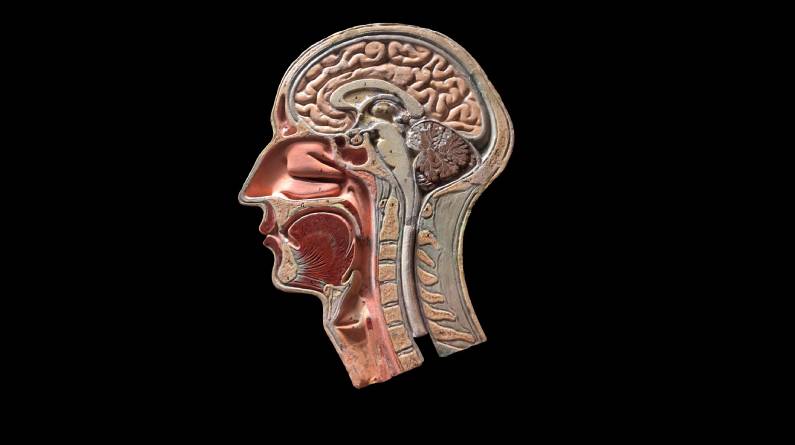Unlocking the Secrets of the Meninges: Protecting the Brain and Spinal Cord
The meninges are the protective membranous coverings of the brain and spinal cord, comprising three layers: dura mater, arachnoid mater, and pia mater. These layers work together to provide a supportive framework for blood supply, protect the brain and spinal cord from mechanical damage, and facilitate the circulation of cerebrospinal fluid.
The Three Layers of Meninges
1. Dura Mater: The outermost layer, located just below the cranial bones and vertebral column. It’s thick, tough, and inextensible, with its own blood supply and drainage.
2. Arachnoid Mater: The middle layer, lying under the dura mater. It lacks blood and nerve supply, consisting of layers of connective tissue. The space under the arachnoid mater contains cerebrospinal fluid.
3. Pia Mater: The innermost layer, tightly clinging to the surface of the brain and spinal cord. It has a complex network of blood supply and nerve supply.
Cerebrospinal Fluid and Its Role
Cerebrospinal fluid (CSF) fills the subarachnoid space, running along the brain to the spinal cord. It helps maintain temperature and acts as a cushion to protect the brain from mechanical damage.
Clinical Significance: Problems with Meninges and CSF
Issues with the meninges and CSF can lead to severe headaches and infections, resulting in serious complications. Common problems include:
– Hematomas: Collections of blood that can cause rapid increases in intracranial pressure.
– Meningitis: Inflammation of the meninges, usually caused by viruses or bacteria, leading to cerebral edema and increased intracranial pressure.
Extradural and Subdural Hematomas
– Extradural Hematoma: Collection of blood between the skull bone and dura mater.
– Subdural Hematoma: Collection of blood between the dura mater and arachnoid mater.
Meningitis and Its Consequences
Meningitis can lead to:
– Cerebral edema and increased intracranial pressure
– Reduced blood flow to the brain
– Sudden death if left untreated
By understanding the meninges and their role in protecting the brain and spinal cord, we can appreciate the importance of maintaining their health and addressing any issues promptly.
References:
https://teachmeanatomy.info/neuroanatomy/structures/meninges/
https://en.wikipedia.org/wiki/Meninges
https://www.mayoclinic.org/diseases-conditions/meningioma/multimedia/meninges/img-20008665

